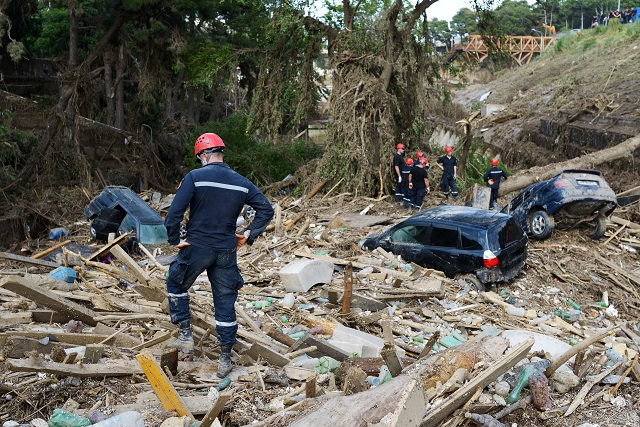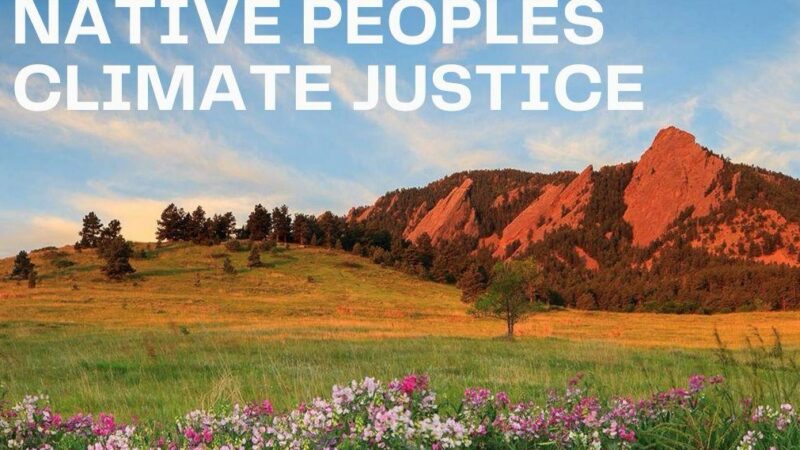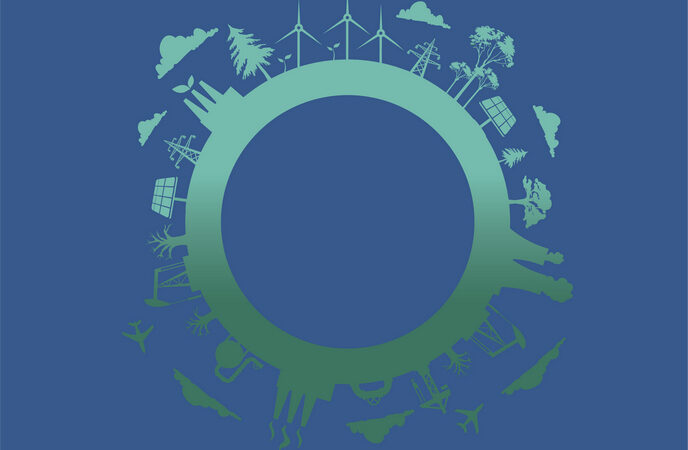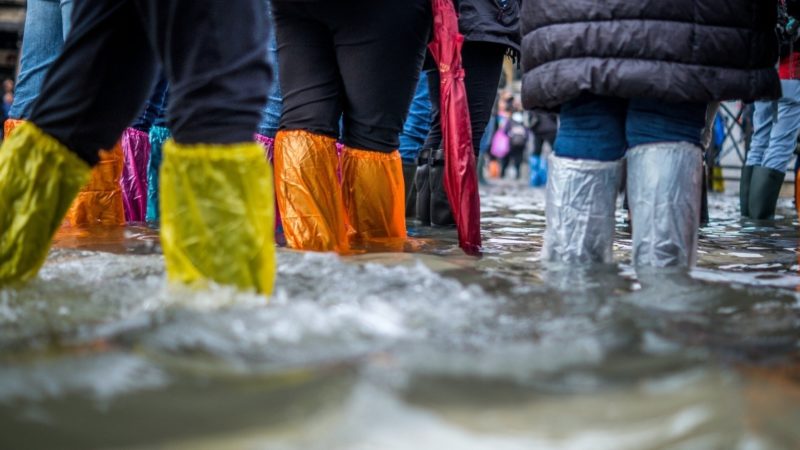Home Advisor
Additional Resources at the End
Disasters like the devastating California wildfires have brought the mounting dangers of Mother Nature home for many Americans. But the damage doesn’t just stop with the scorched trees and damaged bushes across hundreds of thousands of acres: widespread fires create perfect conditions for mudslides.
The ground needs plant life to create structure for moist dirt and soil. Less natural material to absorb rainfall means that water just sits on the newly-exposed dirt. Without those plants to soak up the water while holding down the soil, hazardous mudslides can happen without any warning — consuming individual houses or entire communities.
While many people think mudslides only occur in downpours, with fire-ravaged land, it only takes a few inches of rainfall for the threat of a mudslide to become real. The recent mudslides in California claimed at least 20 lives, not to mention the many more left injured or homeless. Even homes spared by wildfires are not out of the woods just yet. If mudslides could threaten your area, it is extremely important that you understand ways to prepare your property and learn safety tips to protect your family. This guide helps you find answers to important questions like:
- What can I do to prepare for, or even prevent, a mudslide?
- How will I know a mudslide is happening?
- What should I do during the event?
- What should I do after a mudslide?
Preparing for (and even preventing) mudslides
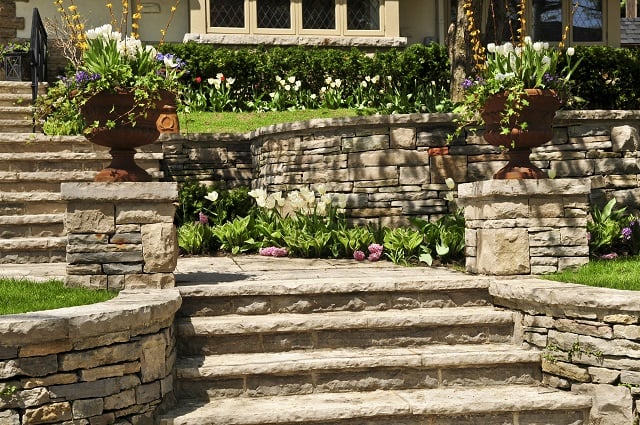
Mother Nature will have her way. Sometimes, there is simply nothing you can do to prevent a mudslide, but you can always be prepared. Additionally, it’s always possible that if you prepare enough, you can take steps to lessen the impact of a mudslide or prevent one altogether. If mudslides are common or expected in your area, you can start preparations by:
- Staying up-to-date on storm warnings during times of increased risk.
- Creating and practicing an evacuation plan for your family. Don’t forget to include your furry family members.
- Taking photos of your property and understanding what your insurance policy does and does not cover.
If you have the time, bring in a professional landscaper to assess your property and suggest techniques to protect it from mudslides. Some erosion control ideas you might get from this consultation could include:
- Planting trees with deep and extensive root systems.
- Installing plenty of ground cover that deters foot traffic, like juniper and rosemary.
- Looking for symptoms of erosion on your property and those surrounding your home, and taking steps to resolve these issues by installing barrier walls, riprap or terraces.
Certain landscaping services specialize in erosion control. Look for a local grading serviceto build berms or improve and direct drainage. Hire a retaining wall builder near you to construct a waterproofing barrier in your yard. These services can help you mitigate the threat future of mudslides and floods.
You’ll also want to take some precautions inside your house. Consider installing flexible pipes and gas fittings that are less likely to break. Moving your furnace, water heater and electric panel out of low-lying or flood-prone areas can also help reduce expensive recovery costs after a mudslide.
A strong preparation plan can save you from costly repair expenses and possibly even save lives.
Identifying and reacting to a mudslide
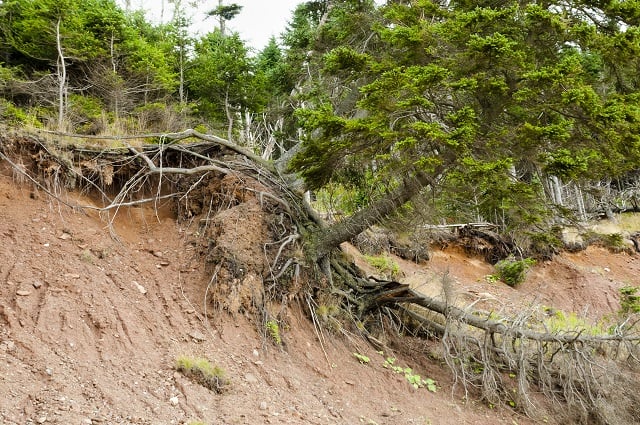
Mudslides are more than what their name implies — they typically also carry heavy debris like trees and boulders, which can cause severe damage along with injury or death. But it’s not just what they carry; it’s also how fast they move that makes mudslides deadly. Here are a few ways to add extra caution to your routine if the risk is high:
- Listen for rumbling, rocks slamming, and trees crackling.
- Be extremely cautious on the roads and avoid driving on sloped land.
- Keep your cellphone charged with a backup battery or battery-powered charger to get updates on the severity of conditions and when it’s time to evacuate. Emergency, wind-up radios are also a good idea since they can be used during a disaster-related power outage.
- Pack an emergency kit with enough supplies for several days. Have it ready to evacuate so you can get out quickly. Emergency supplies include:
- non-perishable food,
- bottled water,
- identification and important documents,
- medications and a first-aid kit,
- pet supplies,
- flashlights and batteries
- and clothes.
Protecting your property is important, but definitely not more critical than your own safety, especially when a disaster as dangerous as a mudslide can come without any warning. If you simply do not have the time to set up long-term solutions, such as installing a wall, planting a tree, or allowing ground cover to grow, last-minute preparations will have to do. If the clock is running out but you have a day or so to react, here are some stopgap tips you can tackle in a few days to help shield your home from an imminent storm:
- Place sandbags around your property to divert the slide, but be sure you aren’t going to cause inadvertent damage to a neighbor.
- Board up windows and doors.
- Lay down plastic sheets, straw bales, mesh, silt fences and mulches
- Call your home insurance agent. Insurance providers in wildfire and mudslide-prone areas often cover a hotel stay during evacuation, but knowing how much is covered by your insurer can help you plan your evacuation and next steps.
When it comes down to staying or leaving, remember that there is no harm in early evacuation, especially if it gives you peace of mind. However, if evacuation is not mandatory and you choose to stay, keep these tips in mind:
- You’ll need to stay awake and alert at all times.
- Keep away from flood-prone or low-lying areas of your home. Move up to a second story if you can.
- Keep an eye on areas that have a higher risk, but stay indoors. Only go near windows for brief periods of time.
- Make sure you have fully-charged phones, radios and flashlights, along with charged backup batteries for each.
- Watch for increased water flow.
Weathering a storm can be scary enough, but knowing a mudslide could quickly follow might be too much stress and anxiety to bear. This is especially true for those whose homes barely escaped the clutches of a wildfire. Whether you stay or evacuate, take measures to stay clear-headed and keep your family calm.
The days and weeks after a mudslide
Here are three things to consider doing if a natural disaster damages your property:
- Calling your insurance provider to learn about next steps.
- Cleaning up debris around your property to prevent further damage — but only if it’s safe to do so and it doesn’t put you directly into the flow of the mud and water.
- Contacting restoration professionals to remove water and debris before making necessary repairs.
If there is severe damage, stay away from the site and wait for emergency services and professionals to arrive. There may be people injured, and if you are comfortable helping them, do so while also prioritizing your own safety.
There will be some obvious damage to your home and yard, but mudslides can also settle moisture deep in the soil that can cause mold or foundation instability. These other, more subtle damages might not be visible to you. Working with a disaster restoration service can help remove the mud and debris, as well as dry out excess moisture from your house and yard. They can also work directly with your insurance provider to relieve some of your stress following the disaster.
With more mudslides expected in the coming seasons, now is the time to work on your preparedness plan, update your insurance and records, and bring in professional consultants. Now is also a valuable time to talk with your neighbors about coordinating prevention and evacuation strategies so that your whole community can feel safe and secure under the threat of a mudslide.
